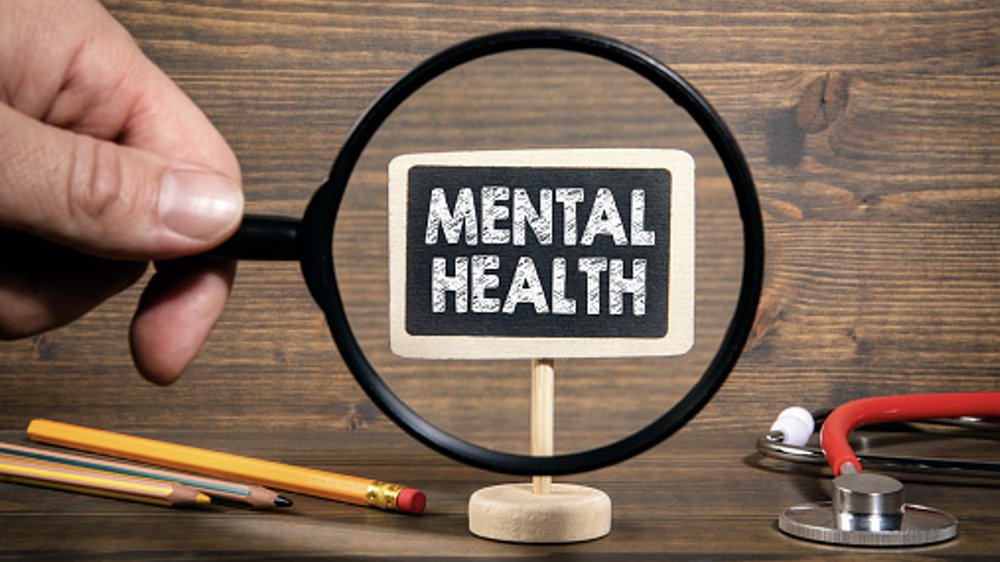Editor’s Note: This is the second of a four-part series on the student mental health crisis and Multi-Tiered Systems of Support (MTSS) for in-school mental health resources. An overview of the MTSS model can be found here.
To tackle the student mental health crisis, we need to get ahead of emerging mental health conditions before they reach their peak. Students with the most severe mental health concerns are not the only ones who need support.
As school leaders, we might not be able to alleviate the fundamental triggers that degrade student mental health. But, we can cultivate well-regulated, trauma-informed classrooms and build capacity within our districts and staff to help students thrive.
Prevention is how we take control of student mental health, and it serves as a central tenet of the widely accepted Multi-Tiered Systems of Support (MTSS) model for in-school student mental health services.
Today’s youth face unprecedented circumstances – such as global unrest, school shootings, and mental isolation and body dysmorphia from social media – that are eroding an entire generation’s emotional well-being. Tier 1 recognizes every child is directly or indirectly impacted by current global challenges, and they need social-emotional skills and support to reach their fullest potential.
Like a pyramid of support, three tiers conceptualize the MTSS mental health model, each representing an increasing level of treatment and services. Tier 1 serves as the base for this holistic model. It promotes early identification of potentially at-risk students, nurtures a school environment that supports students’ mental and behavioral well-being, and emphasizes mental health as a central component of a student’s educational experience.
This tier is essential to the MTSS model, and for solutions-oriented in-school mental health support. Without preventative programs that provide early support for a wide population of students, the problems that plague our students will only worsen.
Tier 1 in practice
Tier 1 weaves universal mental wellness and prevention services into all instructional materials, school programs, and campus culture, making mental health foundational to a student’s educational experience. Schools serve as a great equalizer and are a place where students spend the majority of their time – and these preventative efforts curate an emotionally supportive environment that benefits all.
Schools and/or districts facilitate Tier 1 services. These practices focus on early identification, professional training, and community destigmatization and awareness of mental illness. Here’s a few example services that are often included in a Tier 1 program:
● Universal mental health screenings to identify students who need increased support.
● School-wide programs and presentations (such as distribution of mental health newsletters) that inform administrators and students on mental health-related topics. Topics could include: suicide prevention; the effects of trauma and adverse childhood experiences (ACES); how to recognize the signs of depression, anxiety, ADHD, etc.; and how to improve family relationships and self-regulation skills.
● Professional development activities for teachers that build their capacity to recognize symptoms of mental health disorders and when to notify counseling staff; approach students from a trauma-informed perspective; and create a supportive classroom culture and healthy student relationships.
● Workshops for school-based counselors, as well as the adoption of activities that promote teacher and staff well-being.
● Parent and caregiver support workshops for families in the district to build mental health awareness, and to offer both support.
● Positive discipline practices, such as a schoolwide early warning system to identify students exhibiting at-risk behaviors or the elimination of suspension in most circumstances.
Preston Public Schools in Connecticut is one example of a successful Tier 1 program. After realizing the need to increase teacher capacity to address new student mental health concerns, the district invested in social and emotional learning curriculum, as well as professional development training for all teachers throughout the school year to inform trauma-attuned teaching practices. These programs work alongside the district’s social worker.
Preston also created a Champions Committee composed of five to ten elementary and middle school teachers who participate in additional monthly coaching meetings. On top of that, its Restorative Justice team meets bi-montlhy to discuss equity-focused disciplinary alternatives teachers can use in the classroom. With input from school leaders, the district’s Playbook Committee also meets monthly to create a playbook for successful professional training surrounding student mental health.
What makes Preston’s Tier 1 program successful is their commitment to longevity. Tier 1 goes beyond simply implementing a lesson plan once a week. Rather, teachers are deeply knowledgeable about the rationale behind a trauma-informed teaching approach, and can implement these practices in their own classroom and the school community at large.
Why Tier 1?
Implementation of Tier 1 does not negate or interfere with support for those whose more intensive targeted care would fall on a higher tier on the MTSS model. Rather, Tier 1 complements those tiers and lessens the likelihood for many students to require higher tiers of support. This intervention occurs before a more severe mental illness has evolved in students who may have previously been overlooked.
Investment in Tier 1 support ultimately saves districts money in the midst of staffing shortages by helping students get the resources they need before mental health concerns become more serious. These baseline services, available to an entire school population, yield lasting and impactful results.
Funding for MTSS
Tier 1 provides much-needed mental healthcare to districts’ student body at large, and serves as one of the most effective routes to end the youth mental health crisis. It stands as a necessary component of a successful in-school mental health strategy.
For school leaders looking for funding to implement Tier 1 of the MTSS model for in-school mental health programs, Effective School Solutions recently published a guide that highlights a variety of funding strategies – state, federal, and other sources – schools can tap.
Look out for our next articles to learn more on Tier 2 and Tier 3 of the MTSS model for mental health.
About the Authors
Duncan Young is the CEO and Jerry Barone is the chief clinical officer of Effective School Solutions, the country’s largest provider of school-based mental health care. To learn more about Effective School Solutions, please visit: https://www.effectiveschoolsolutions.com/.











